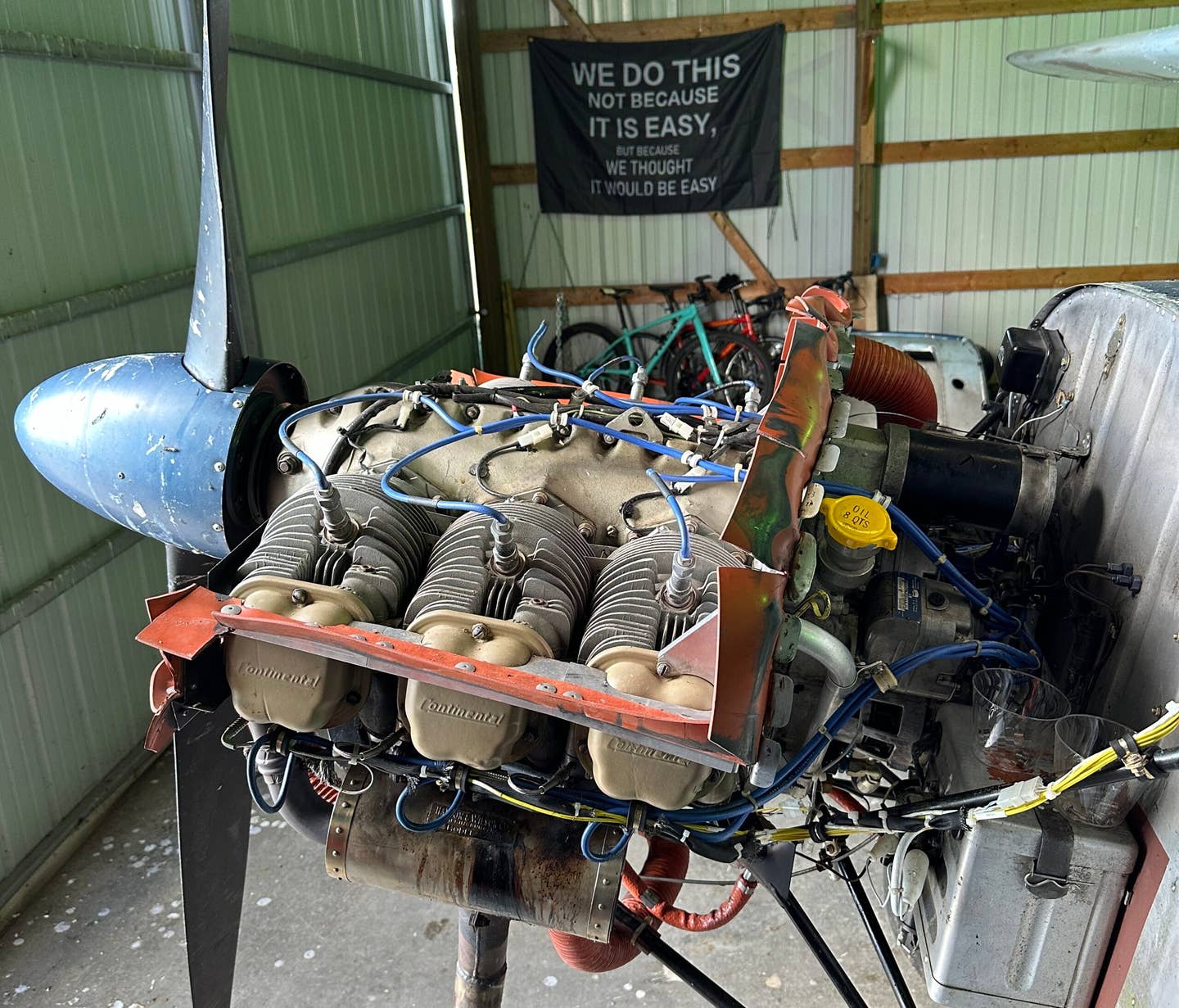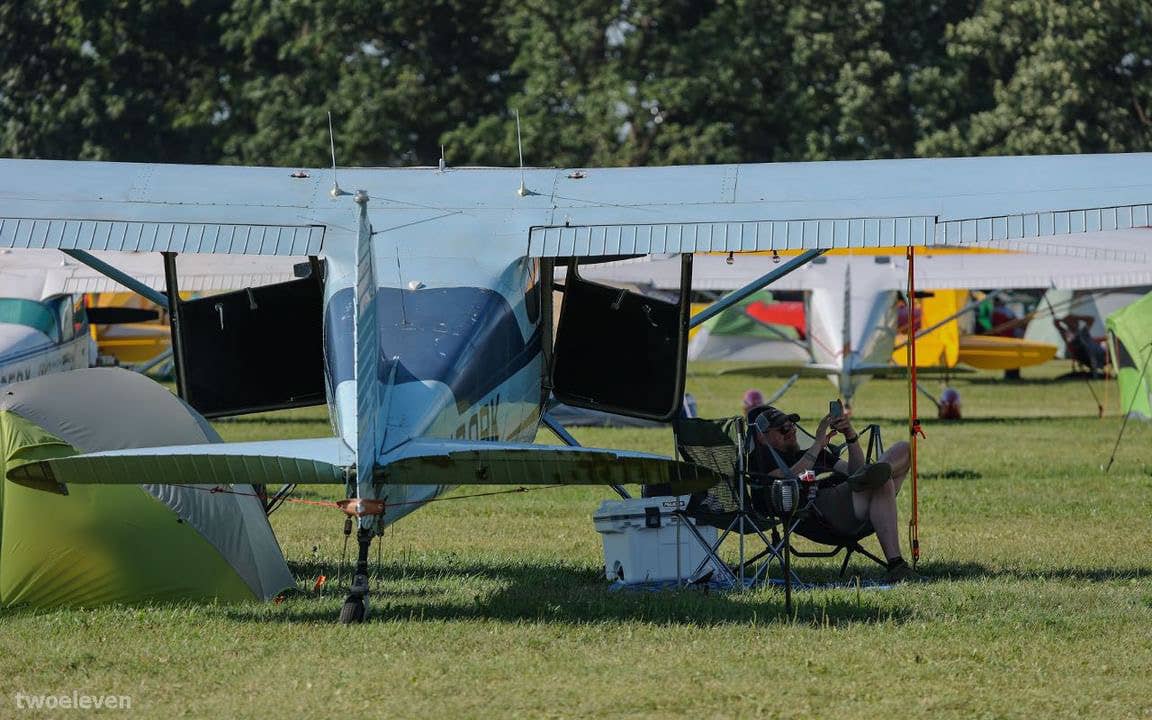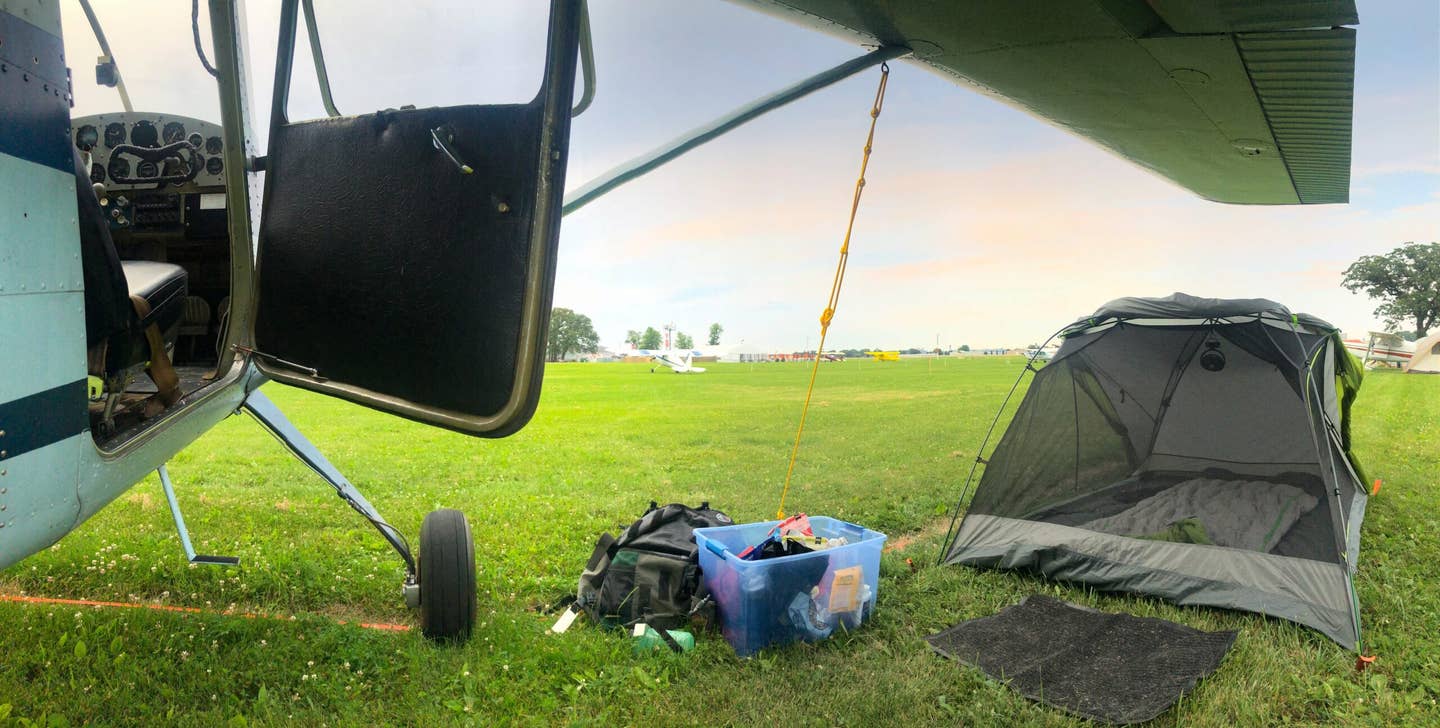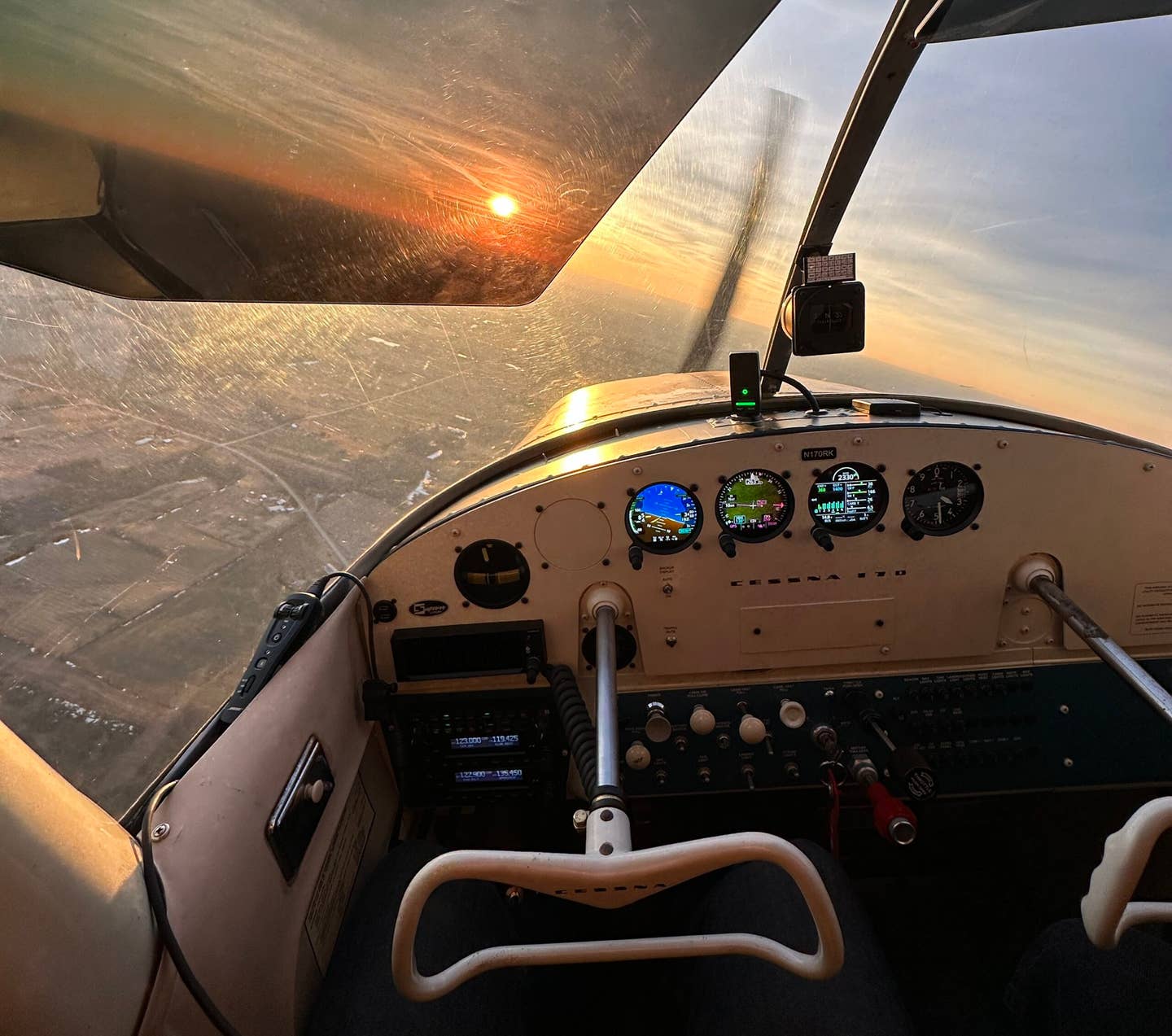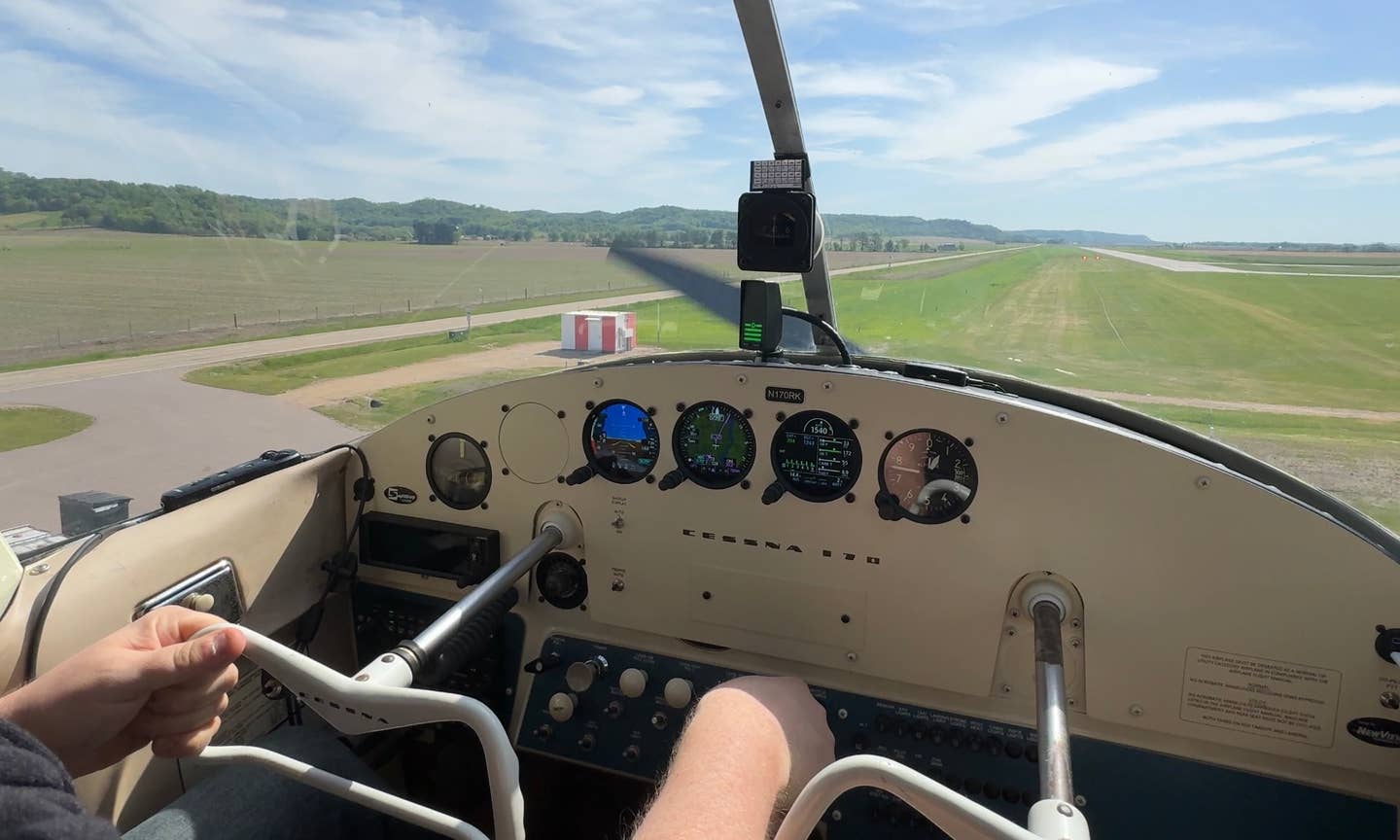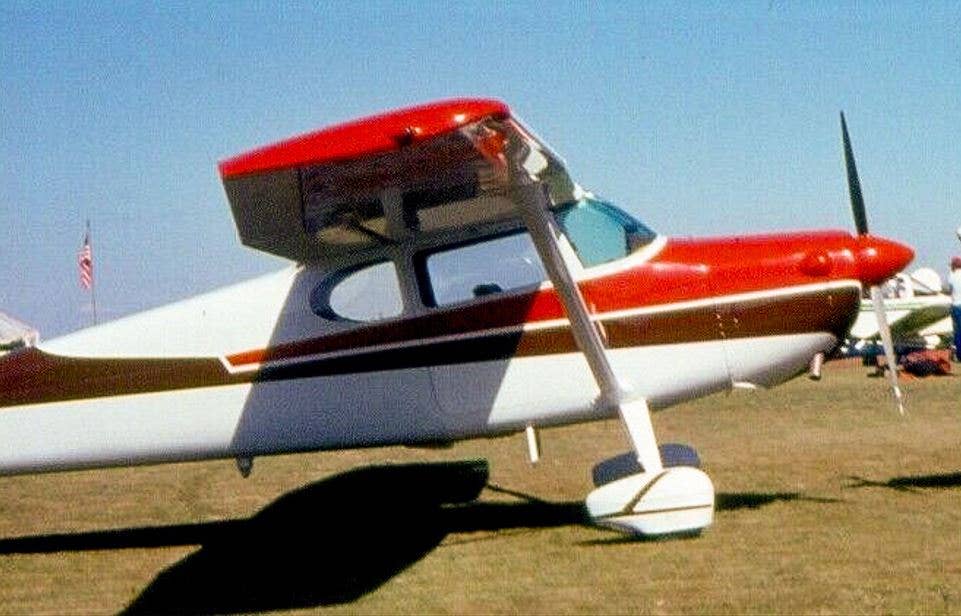5 Things I Wish I Had Known Before Buying My First Airplane
Some aircraft ownership lessons are learned the hard way.
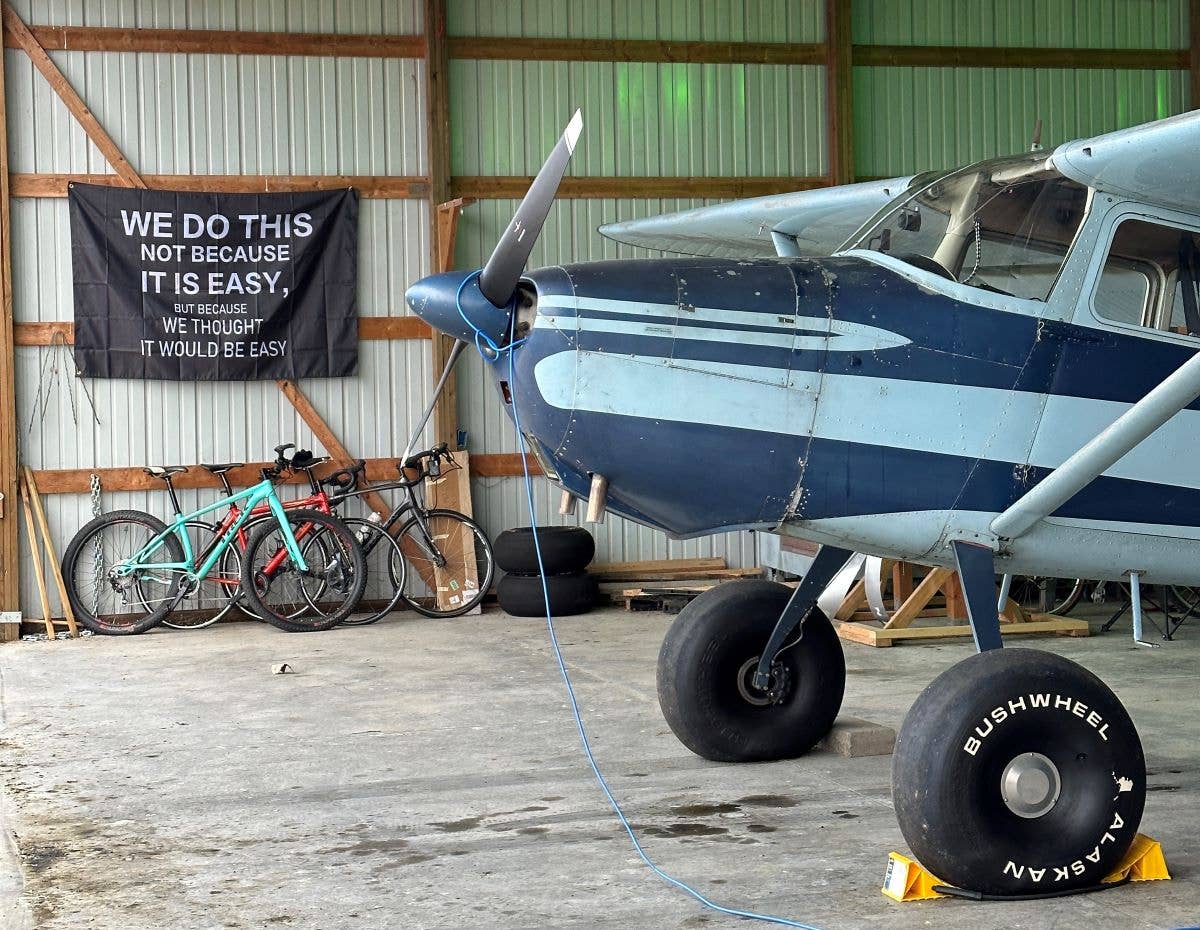
As indicated by the flag, airplane ownership inevitably involves learning some lessons the hard way. [Courtesy: Jason McDowell]
As someone who tends to spend several weeks analyzing the purchase of items as mundane as a toaster or blender, I like to think my purchases are relatively well-informed. So it’s a rare state of affairs for me to be caught off guard by a new purchase. Still, looking back on nearly three years of airplane ownership, I can identify a handful of things I wish I had known from the beginning.
1. Beware of homemade parts and accessories.
My airplane's previous owner was a retired rocket engineer who had it for roughly 40 years. He spent his career working in various facets of aviation and aerospace. His work is literally aboard the Voyager space probes at this very moment.
If ever there was a guy who could properly care for a single-engine Cessna, I reasoned, this was the guy. And he did indeed take good care of it…and he also fabricated a few things himself, like custom cowl plugs to prevent birds from nesting in the engine. The plugs were well-made and easily utilized by any reasonably intelligent individual.
However, the cowl plugs were not idiot-proof. More specifically, they lacked any obvious visual indication that they were in place. I learned this during my very first lesson in my airplane when I neglected to remove them, overheated the engine, cracked multiple cylinders, and was forced to have a top overhaul done on the engine.
It was entirely my fault. But had I used a mass-produced cowl plug that was designed with idiots in mind, I would almost certainly have spotted the red flags or streamers from the cockpit, removed them prior to engine start, and avoided an embarrassing and costly mistake.
The lesson? Beware of amateur-built items like cowl plugs, wheel chocks, gust locks, and similar accessories. Determine what makes them different from mass-produced versions, and consider whether these differences could be the first link in a chain of events leading toward an unfortunate incident.
2. A good engine monitor is an extremely worthwhile investment.
Prior to the panel upgrade I made last year, my airplane had a variety of antiquated engine gauges, including a digital cylinder head temperature (CHT) readout that only ever displayed the temperature of one of my six cylinders. The other gauges were all positioned on the far side of my panel, well outside the normal field of vision. When I installed a Garmin GI 275 EIS engine monitoring display, this single unit replaced nine individual gauges while bringing far more engine information into my field of view. It also logs and stores engine data to help mechanics diagnose tricky engine issues.
Now, having flown with the GI 275 for about six months, I can say I’ve never paid more attention to the state and health of my engine. For example, just as I refer to a target rpm and airspeed on takeoff, I now also use a target CHT during climb out. This ensures I’m not inadvertently subjecting the engine to unnecessarily high temperatures, and it makes me wonder whether such an upgrade would have alerted me to high CHTs earlier and prevented the engine damage I incurred during the unfortunate cowl plug incident.
3. A good mechanic is an effortless solution to annoying problems.
Over the past few years, I’ve come to realize something related to aircraft ownership and finances—any problem that requires a total investment of only three figures to remedy is an absolute no-brainer, worthy of your immediate attention.
I’m fortunate to have the means to say this, and it makes my scrimping and saving in other areas of life a bit less painful. But it took me a while to understand. For example, I spent the better part of a year putting up with a stubbornly tight fuel sump. Every time I’d pull a sample out of the left tank before a flight, I’d have to position my fuel strainer just so and then put muscle into pushing it upward. Half the time, the strainer would slip, and I’d end up with a fuel-covered hand. It was annoying.
It was similarly annoying to deal with my 170’s original mixture knob. It was the old kind that resembled a carb heat knob. It had about 2 inches of stiff travel, and precise adjustment was simply not possible. I hated it from the get-go.
I eventually made each of these annoyances disappear forever with the wave of a credit card and a call to my mechanic, who, conveniently, is willing to drive to my airplane. A new fuel sump was only around $20, a new McFarlane vernier mixture control was a few hundred, and each required only a small amount of time for him to fix. Had I realized just how quick and easy it was to clear my mind of annoyances that distract me from flying duties, I would have addressed them far earlier than I did.
4. Don’t put up with poor checklists just because the previous owner did.
The checklists that came with my airplane were absolutely terrible. For some reason, the run-up checks were included in one massive “Before Takeoff” checklist. This meant that when hammering out landing after landing with full-stop taxi-backs, I had to sift through and omit the various steps of the runup when running through the lengthy before-takeoff checklist.
It wasn’t long before I missed an important item.
On perhaps my sixth or seventh takeoff of the day, I applied power and was surprised when the airplane leaped off the runway far earlier than usual. I was similarly surprised when, after getting into ground effect, it stubbornly refused to accelerate. Within seconds, I put two and two together and realized the flaps were still set at 40 degrees. Gingerly retracting the first couple of notches to avoid settling, I cleaned up and cleared the departure-end trees with a healthy margin.
It spooked me, though. And like the aforementioned small annoyances that continually pestered me on every flight, I realized I’d been needlessly putting up with this checklist annoyance for too long. I ultimately created new and better checklists, and I supplemented them with a five-item pre-takeoff flow that I perform after lining up in position and immediately prior to advancing throttle for takeoff (fuel selector, trim, flaps, mixture, and carb heat). Since making these two changes, I’ve never missed an item before takeoff.
5. It’s OK to not be adventurous or to not fly at all.
Airplane ownership has been a lifelong goal for me. The flying I’d do in my head, sitting in seventh-grade social studies or, later, in aviation law or advanced meteorology, was downright majestic. I envisioned myself setting off on adventures every weekend, exploring new airfields, and meeting new challenges as though I were starring in my own weekly Indiana Jones-inspired miniseries.
Reality has proven to be far less grandiose. Grappling with the daily challenges of a demanding full-time job, an additional part-time job, and all the other duties that weave their way into saving for a house and retirement leaves me mentally exhausted more often than not. Accordingly, simple, unremarkable flying has proven to be the most enjoyable over the past few years, and it’s not uncommon to want to unplug and relax even when presented with a picture-perfect day.
For a long time, I felt pretty guilty about this. Here I am, having finally obtained the airplane of my dreams, one that’s equipped with all the necessary mods to set off on epic backcountry trips, and I’ve only been using it to hone my tailwheel skills on mundane grass strips. And here I am, often opting not to fly at all on many days with beautiful flying weather.
Eventually, I realized that there was plenty of time to tackle the more exciting kinds of flying I’ve always envisioned. It took me decades to achieve airplane ownership, after all, and if taking a relaxed approach to my flying hits the spot for the time being, that’s OK. It’s both comforting and intriguing to know that by saving up and buying a more capable airplane, I’ve got one I can grow into rather than out of, abilitywise. And it feels good to know that plenty of adventures lie ahead.

Subscribe to Our Newsletter
Get the latest FLYING stories delivered directly to your inbox

